In the vast realm of modern technology that surrounds our lives, electronics have become an indispensable part of our daily existence. From smartphones to televisions, from computers to advanced medical devices, the world is powered by intricate electronic systems. But have you ever wondered who the masterminds behind this revolutionary field were? Who were the brilliant minds that conceptualized and invented electronics, laying the foundation for the digital age that we thrive in today?
The birth of electronics as we know it can be traced back to a remarkable timeline of human ingenuity and scientific breakthroughs. While the idea of manipulating electricity had been explored for centuries, it was during the 19th and 20th centuries that remarkable progress was made in the field, ultimately leading to the birth of modern electronics.
This article aims to delve into the captivating journey of invention and discovery that paved the way for the electronic marvels we rely on. It is a tribute to the pioneers who dared to question the limits of human knowledge and transformed the world with their innovations.
By exploring the lives and accomplishments of these exceptional individuals, we gain a deeper appreciation for the intricate web of innovation and collaboration that gave birth to electronics. Join us on this captivating exploration as we pay tribute to the brilliant minds who reshaped the world and forever changed the course of human civilization through their indelible contributions to the field of electronics.
The Impact of Electronics Inventions on Modern Life
From smartphones to computers, televisions to home appliances, and medical equipment to transportation systems, electronics have revolutionized the way we live, work, and communicate.
Electronic inventions have improved the quality of life in many ways, making communication faster and more efficient, increasing productivity, and providing access to information and entertainment. With smartphones, we can stay connected with anyone, anywhere in the world, and access information and services on the go. Modern appliances, such as refrigerators, washing machines, and ovens, have made household chores easier and more efficient. Medical equipment, such as MRI machines, has revolutionized the diagnosis and treatment of many conditions [1].
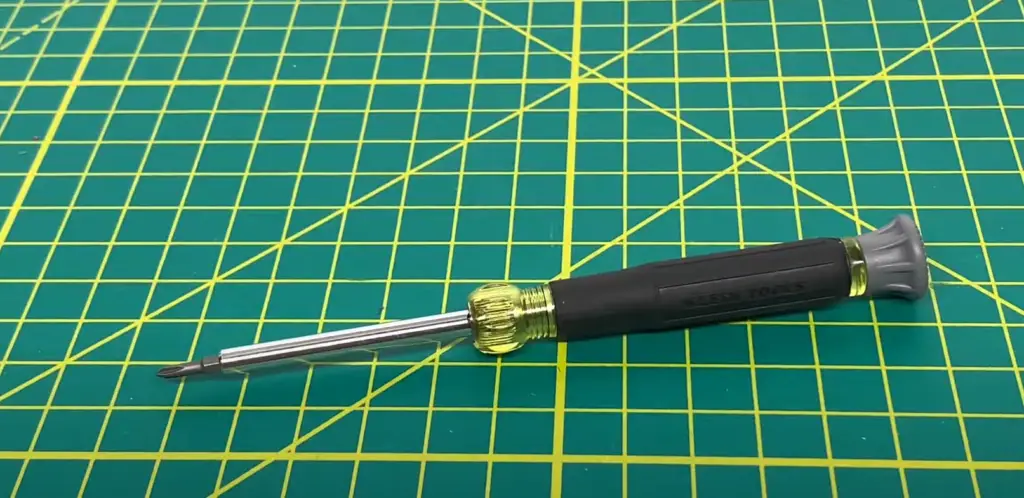
However, the reliance on electronics has also brought about some negative effects, including social isolation, addiction to technology, and the impact of electronic waste on the environment. It is important to use electronic devices in moderation and to dispose of them responsibly to minimize their impact on the environment.
A Timeline of Key Moments in the Development of Electronics:
1876: Alexander Graham Bell patents the telephone
In 1876, Alexander Graham Bell, a Scottish-born scientist and inventor, patented the telephone. This groundbreaking invention transformed communication by allowing people to transmit voice signals over long distances. Bell’s invention laid the foundation for the development of the telecommunications industry.
1895: Guglielmo Marconi invents the radio
Guglielmo Marconi, an Italian inventor and electrical engineer, is credited with inventing the radio in 1895. By utilizing electromagnetic waves to transmit and receive signals, Marconi’s radio-enabled wireless communication, forever changing the way information was disseminated across the globe.
1906: Lee de Forest invented the triode vacuum tube
Lee de Forest, an American inventor, introduced the triode vacuum tube in 1906. This device, also known as the audion, revolutionized electronics by allowing for the amplification and control of electrical signals. The triode tube formed the basis for early electronic systems and played a crucial role in the development of radio broadcasting and electronic amplifiers.
1947: John Bardeen and Walter Brattain invented the transistor
In 1947, scientists John Bardeen and Walter Brattain, working at Bell Laboratories, developed the transistor. This tiny electronic device replaced bulky vacuum tubes, offering improved efficiency, reliability, and portability. Transistors revolutionized the field of electronics and laid the foundation for the subsequent miniaturization and advancement of electronic devices [2].
1958: Jack Kilby and Robert Noyce develop the integrated circuit
In 1958, Jack Kilby at Texas Instruments and Robert Noyce at Fairchild Semiconductor independently invented the integrated circuit (IC). The IC combined multiple electronic components onto a single semiconductor chip, revolutionizing the manufacturing process and enabling the creation of smaller, more powerful, and affordable electronic devices.
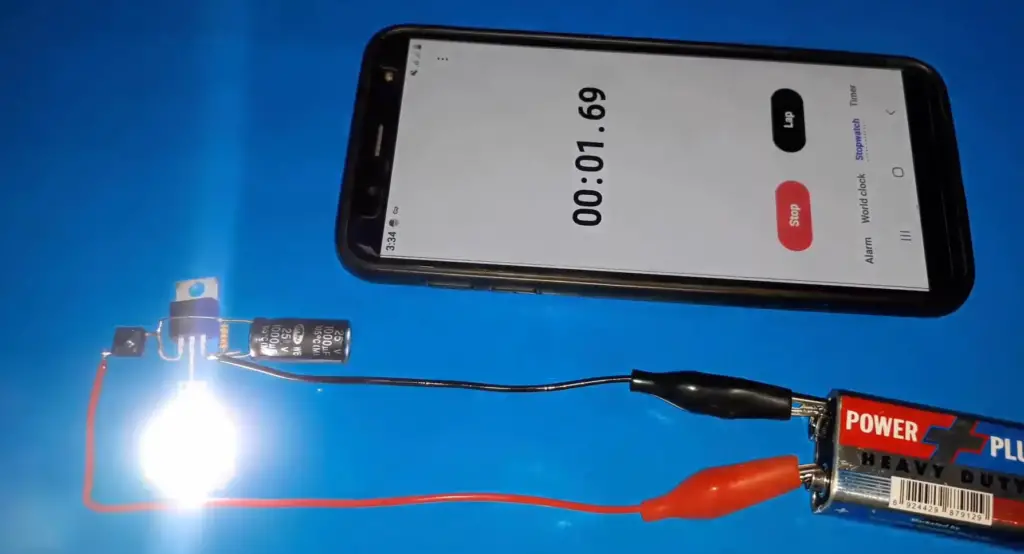
1971: Intel releases the first microprocessor
Intel, a leading semiconductor manufacturer, released the first microprocessor, the Intel 4004, in 1971. Developed by Ted Hoff, Federico Faggin, and others, the microprocessor integrated the central processing unit (CPU) onto a single chip. This innovation laid the foundation for modern computer systems and paved the way for the exponential growth of computing power.
1973: Robert Metcalfe invents Ethernet
Robert Metcalfe, an American engineer, invented Ethernet in 1973 while working at Xerox PARC. Ethernet revolutionized local area networks (LANs) by providing a standard method for connecting computers and devices. It facilitated the rapid exchange of data, enabling the growth of computer networks and the Internet.
1981: Sony introduces the first consumer camcorder
Sony’s introduction of the first consumer camcorder, the Betamovie BMC-100P, in 1981 transformed the way people captured and preserved memories. This portable device combined a video camera and a videocassette recorder, making it accessible for individuals to record and play back videos effortlessly.
1984: Apple launches the Macintosh computer
Apple Computer Inc. launched the Macintosh computer in 1984, revolutionizing personal computing. With its graphical user interface (GUI) and mouse-driven functionality, the Macintosh brought intuitive computing to the masses, setting the stage for the modern era of user-friendly computers.
1989: Tim Berners-Lee develops the World Wide Web
Tim Berners-Lee, a British computer scientist, developed the World Wide Web (WWW) in 1989. Berners-Lee’s creation allowed for the easy sharing and retrieval of information over the internet, giving birth to the era of global connectivity and the democratization of knowledge. The WWW transformed the way we access and interact with information, revolutionizing communication, commerce, and various industries.
2007: Apple releases the first iPhone
In 2007, Apple revolutionized the mobile phone industry with the release of the first iPhone. Combining a sleek design, a touchscreen interface, and advanced internet capabilities, the iPhone introduced a new era of smartphones. Its innovative features, such as the App Store and multi-touch gestures, transformed mobile computing and sparked a global smartphone revolution.

2015: Elon Musk unveils the Tesla Model S
In 2015, entrepreneur Elon Musk unveiled the Tesla Model S, an all-electric luxury sedan that pushed the boundaries of electric vehicle (EV) technology. The Model S showcased the viability and desirability of electric cars, offering impressive range, performance, and cutting-edge features. It played a significant role in accelerating the adoption of sustainable transportation and reshaping the automotive industry [3].
Brief History of Prominent Persons In Electronics: 1745-2023
1745 – Discovery of the Leyden Jar
The discovery of the Leyden Jar in 1745 by Ewald Georg von Kleist and Pieter van Musschenbroek marked a significant milestone in the understanding of electricity. The Leyden Jar, an early form of capacitor, could store and discharge electric charge, leading to advancements in the study of electrostatics.
Benjamin Franklin (1706-1790)
Benjamin Franklin, a polymath and one of the founding fathers of the United States, contributed greatly to the understanding of electricity. His famous kite experiment in 1752 demonstrated the connection between lightning and electricity, laying the foundation for the understanding of electrical conductivity.
Charles Augustus Coulomb (1736-1806)
Charles Augustus Coulomb, a French physicist, is known for his work on electrostatics and magnetism. He formulated Coulomb’s law, which describes the force between electrically charged particles. This law provides a fundamental understanding of electrical interactions and is still used today.
Alessandro Volta (1745-1827)
Alessandro Volta, an Italian physicist, is best known for inventing the electric battery. In 1800, he created the first practical and reliable source of continuous electrical current, known as the Voltaic pile. Volta’s invention laid the foundation for the development of modern batteries and provided a stable source of electricity for various applications [4].
André Marie Ampère (1775-1836)
André Marie Ampère, a French physicist and mathematician, made significant contributions to the understanding of electromagnetism. He formulated Ampère’s circuital law, which quantifies the relationship between electrical current and its associated magnetic fields. Ampère’s work laid the foundation for the development of electromagnetic theory.
Hans Christian Ørsted (1777-1851)
Hans Christian Ørsted, a Danish physicist, discovered the connection between electricity and magnetism in 1820. During a lecture, he observed that a compass needle deflected when placed near a current-carrying wire, demonstrating the phenomenon of electromagnetism. Ørsted’s discovery paved the way for the development of electric motors and generators.
George Simon Ohm (1789-1854)
George Simon Ohm, a German physicist, is known for Ohm’s law, which describes the relationship between current, voltage, and resistance in an electrical circuit. Ohm’s law is a fundamental principle in the field of electronics and provides the basis for understanding and analyzing electrical circuits.
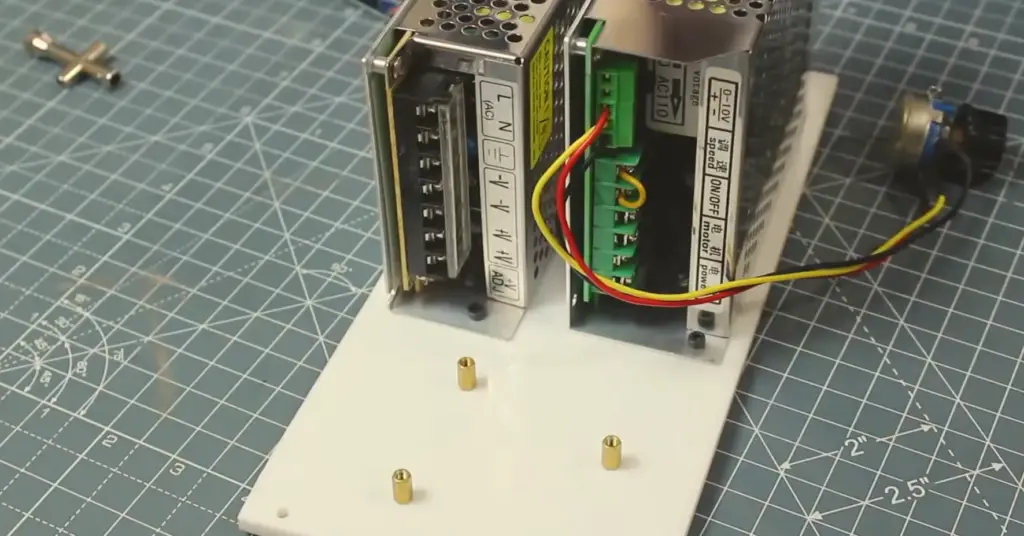
Michael Faraday (1791-1867)
Michael Faraday, a British scientist, made significant contributions to the field of electromagnetism. His experiments and discoveries, including electromagnetic induction and Faraday’s laws of electrolysis, laid the foundation for the development of electric generators and transformers. Faraday’s work is considered pivotal in the history of electronics.
Karl Friedrich Gauss (1777-1855) and Wilhelm Eduard Weber (1804-1891)
Karl Friedrich Gauss and Wilhelm Eduard Weber collaborated on pioneering work in magnetism and electricity. They developed the first electromagnetic telegraph, demonstrating the transmission of electrical signals over long distances. Their efforts set the stage for the development of telecommunication systems.
Joseph Henry (1797-1878)
Joseph Henry, an American scientist, made significant contributions to the field of electromagnetism and electrical engineering. He is known for his work on electromagnets and the discovery of self-induction, which laid the foundation for the development of transformers. Henry also played a key role in the development of telegraphy and the advancement of electromagnetic theory.
Heinrich F.E. Lenz (1804-1865)
Heinrich Lenz, a Russian physicist, is best known for formulating Lenz’s law in 1834.
This law is fundamental to understanding electromagnetic induction and plays a crucial role in the design of electrical devices such as generators and motors [5].
Samuel Finley Breese Morse (1791-1872)
Samuel Morse, an American inventor, and artist, is renowned for his development of the Morse code and the electric telegraph. In 1837, Morse and his colleagues successfully transmitted the first telegraph message over a distance of two miles, revolutionizing long-distance communication and paving the way for modern telecommunications.
Gustav Robert Kirchhoff (1824-1887)
Gustav Kirchhoff, a German physicist, made significant contributions to the field of electrical circuit theory. He formulated Kirchhoff’s laws, which describe the behavior of electrical circuits, including the conservation of electric charge and energy. Kirchhoff’s laws are fundamental to the analysis and design of electrical networks and are still widely used today.
James Clerk Maxwell (1831-1879)
James Clerk Maxwell, a Scottish physicist, is best known for his formulation of the theory of electromagnetism. Through his equations, known as Maxwell’s equations, he unified the laws of electricity and magnetism and predicted the existence of electromagnetic waves. Maxwell’s work laid the foundation for the development of wireless communication and led to the discovery of radio waves.
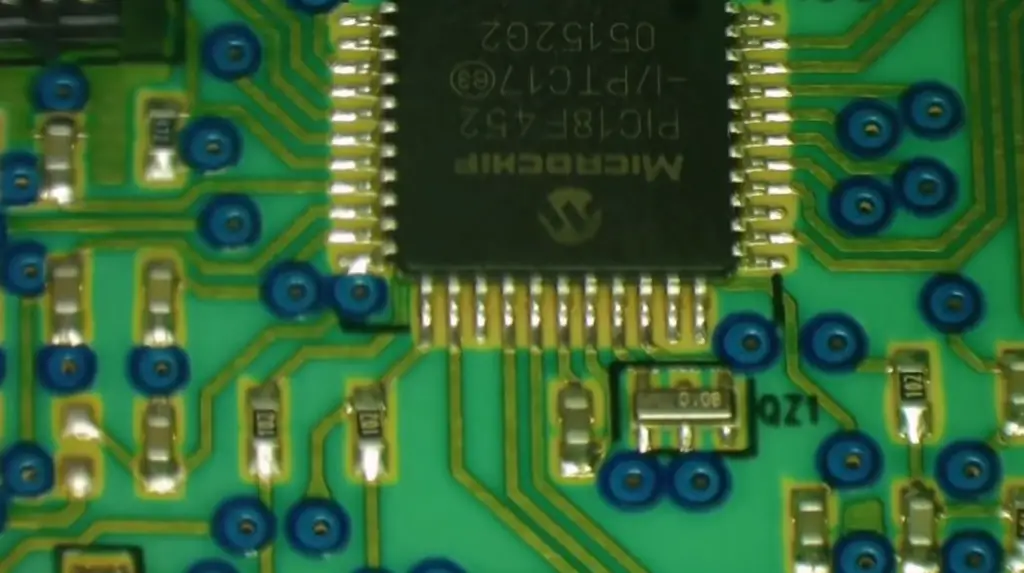
Hermann Ludwig Ferdinand von Helmholtz (1821-1894)
Hermann von Helmholtz, a German physician, and physicist, made significant contributions to various branches of science, including electricity and optics. He formulated the law of conservation of energy and conducted research on electrical discharges and the speed of nerve conduction. Helmholtz’s work had a profound impact on the understanding of energy and the nervous system.
Sir William Crookes (1832-1919)
Sir William Crookes, an English chemist, and physicist, made important contributions to the field of vacuum technology and spectroscopy. He invented the Crookes tube, which led to the discovery of cathode rays and laid the foundation for the development of cathode-ray tubes, used in early television screens and oscilloscopes.
Joseph Wilson Swan (1828-1914)
Joseph Swan, a British physicist, and chemist, is known for his work on the development of electric lighting. In 1878, he demonstrated the first working incandescent light bulb, using a carbon filament. Swan’s invention paved the way for the widespread adoption of electric lighting and contributed to the transformation of society.
Thomas Alva Edison (1847-1931)
Thomas Edison, an American inventor, and businessman, is one of the most well-known figures in the history of electronics. He is credited with the development of numerous devices, including the practical incandescent light bulb, the phonograph, and the motion picture camera. Edison’s inventions and entrepreneurial spirit had a profound impact on modern technology and shaped the course of the electrical industry.
Oliver Heaviside (1850-1925)
Oliver Heaviside, an English mathematician, and electrical engineer, made significant contributions to the field of telecommunications and electrical circuit theory. He developed the concept of operational calculus and introduced complex numbers in the analysis of electrical circuits. Heaviside’s work greatly influenced the understanding and design of transmission lines and played a crucial role in the development of telegraphy and telephony [6].
Heinrich Rudolph Hertz (1857-1894)
Heinrich Hertz, a German physicist, is known for his experimental confirmation of the existence of electromagnetic waves. In 1887, he successfully generated and detected radio waves, demonstrating the fundamental principles of wireless communication. Hertz’s experiments laid the foundation for the development of wireless technologies, including radio, television, and wireless telegraphy.

Nikola Tesla (1856-1943)
Nikola Tesla, a Serbian-American inventor, and electrical engineer, made groundbreaking contributions to the field of electrical engineering and power systems. He is known for his development of alternating current (AC) power transmission, which revolutionized the generation, distribution, and utilization of electrical energy. Tesla’s inventions, such as the Tesla coil and the induction motor, played a crucial role in the advancement of electrical technology.
Charles Proteus Steinmetz (1865-1923)
Charles Proteus Steinmetz, a German-American mathematician, and electrical engineer, made significant contributions to the understanding of alternating current systems and electrical power transmission. He developed mathematical models and equations that simplified the analysis and design of AC circuits, allowing for the efficient and reliable distribution of electrical power. Steinmetz’s work was instrumental in the development of power systems and electrical machinery.
Guglielmo Marconi (1874-1937)
Guglielmo Marconi, an Italian inventor and electrical engineer, is often referred to as the “Father of Wireless” for his pioneering work in long-distance radio transmission. In 1895, Marconi successfully demonstrated the transmission of wireless signals over a distance of several kilometers, leading to the development of practical wireless telegraphy. His contributions laid the foundation for modern wireless communication systems, including radio, and later advancements such as mobile phones and Wi-Fi.
Wilhelm Conrad Roentgen (1845-1923)
Wilhelm Roentgen, a German physicist, is best known for his discovery of X-rays in 1895. His accidental discovery revolutionized the field of medical imaging and had profound implications for various scientific disciplines. Roentgen’s work led to the development of X-ray technology, which has become an indispensable tool in medicine, industry, and scientific research.
Sir Joseph John Thomson (1856-1940)
Joseph John Thomson, a British physicist, made significant contributions to the understanding of the structure of atoms and the discovery of electrons. In 1897, he conducted experiments that led to the identification of the electron as a fundamental particle. Thomson’s discovery revolutionized the understanding of atomic physics and laid the foundation for later advancements in quantum mechanics.
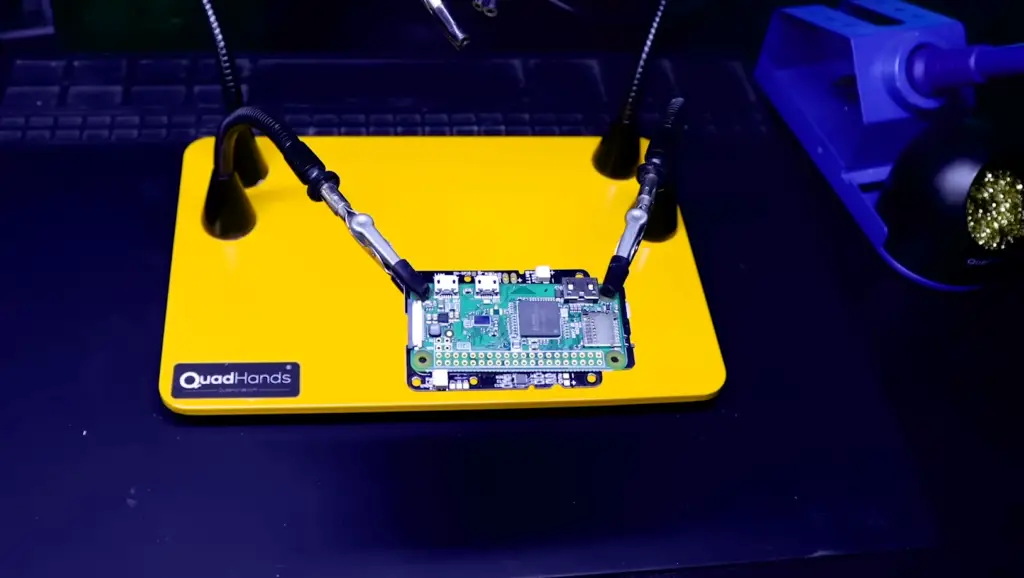
Albert Einstein (1879-1955)
Albert Einstein, a German-born physicist, is one of the most iconic figures in the history of science. While primarily known for his theory of relativity, Einstein’s work also had significant implications for the field of electronics. His theoretical contributions, such as the photoelectric effect and the concept of wave-particle duality, played a crucial role in the development of quantum mechanics, which forms the basis for modern electronics and solid-state physics.
Sir John Ambrose Fleming (1849-1945)
John Ambrose Fleming, a British electrical engineer, is known for his invention of the vacuum diode, also known as the Fleming valve, in 1904. The Fleming valve was the first practical device capable of rectifying alternating current (AC) to direct current (DC). This invention laid the foundation for the development of electronic devices such as radios, televisions, and computers. Fleming’s work in the field of electron tubes was instrumental in the advancement of electronics and telecommunications.
Lee De Forest (1873-1961)
Lee De Forest, an American inventor, and electrical engineer, is often referred to as the “Father of Radio.” He is credited with the invention of the audion, a vacuum tube that could amplify electrical signals. De Forest’s invention greatly enhanced the capabilities of radio technology and formed the basis for the development of modern electronic devices such as amplifiers and oscillators.
Jack St. Clair Kilby (1923-2005)
Jack Kilby, an American electrical engineer, is known for his invention of the integrated circuit (IC) in 1958. The integrated circuit revolutionized the field of electronics by packing multiple electronic components onto a single chip, leading to miniaturization and increased functionality of electronic devices. Kilby’s invention paved the way for the development of microprocessors, memory chips, and other electronic components that are the backbone of modern computing.

Robert Norton Noyce (1927-1990)
Robert Noyce, an American physicist, and entrepreneur, co-invented the integrated circuit independently of Kilby. Along with his colleagues at Fairchild Semiconductor and later at Intel, Noyce contributed to the development and commercialization of the integrated circuit. He also played a significant role in the advancement of semiconductor technology and was instrumental in the establishment of Silicon Valley as a hub for the electronics industry.
Seymour Cray (1925-1996)
Seymour Cray, an American electrical engineer, was a pioneer in the field of supercomputing. He designed and built some of the world’s fastest and most advanced computers, pushing the boundaries of computational power. Cray’s innovative designs and architectures revolutionized high-performance computing and enabled scientific and technological advancements in various fields.
Ray Prasad (1946-)
Ray Prasad, an Indian-American engineer, is a well-known expert in the field of electronics. He has made significant contributions to the development and standardization of electronics manufacturing processes. Also, Prasad authored several books and is renowned for his work in surface mount technology (SMT), electronic packaging, and reliability engineering. Prasad’s expertise has had a profound impact on the manufacturing and reliability of electronic products [7].

FAQ
1. Who was the “father of electronics”?
The title of the “father of electronics” is often attributed to multiple individuals who made significant contributions to the field. However, one prominent figure is Thomas Edison. Although he is more renowned for his inventions in the field of electricity and lighting, Edison’s work on the phonograph, which utilized electrical signals to record and reproduce sound, laid the foundation for future electronic advancements [8].
2. What is the origin of electronics?
The origin of electronics can be traced back to the study of electricity and magnetism. The exploration of these phenomena began in the 18th century with scientists such as Benjamin Franklin and Alessandro Volta. The subsequent discoveries of electromagnetic induction by Michael Faraday and the formulation of Maxwell’s equations by James Clerk Maxwell in the 19th century further deepened the understanding of the relationship between electricity and magnetism, setting the stage for the development of electronic technology.
3. When was the first electronic device built?
The first electronic device, known as the vacuum tube, was built in the late 19th century. It was invented by Sir John Ambrose Fleming in 1904. The vacuum tube allowed for the control and amplification of electrical signals, marking a significant milestone in the advancement of electronic technology [9].
4. What was the first electric thing?
The first electric thing, in terms of an electric appliance, is often attributed to the invention of the electric telegraph by Samuel Morse and Alfred Vail in the early 1830s.
5. What is the oldest piece of electronic technology?
One of the oldest pieces of electronic technology is the telegraph, which was invented in the early 19th century. It allowed for the transmission of electrical signals over long distances using a series of interconnected wires and electromechanical devices.
6. Did Alan Turing invent the computer?
While Alan Turing made significant contributions to the development of computer science and artificial intelligence, he did not invent the computer as we know it today. The modern computer is the result of the cumulative efforts of many inventors and pioneers, including Charles Babbage, who designed the Analytical Engine, considered a precursor to the computer, in the mid-19th century.
7. What was the first gadget invented?
The term “gadget” is quite broad and can refer to various devices. One early example of a gadget is the pocket watch, which emerged in the 16th century as a portable timekeeping device. However, the concept of gadgets has evolved over time, and the first electronic gadget is often attributed to devices like the radio or the early telegraph.
8. What is the most used gadget in the world?
In the modern era, the most used gadget in the world is arguably the smartphone. With its multifunctional capabilities, including communication, internet access, entertainment, and productivity tools, smartphones have become an essential part of people’s lives worldwide.
9. What are the 4 ages of technology?
4 ages of technology are often described as follows:
- The Stone Age: This period represents the earliest use of tools made from stone, such as hand axes and blades, by early humans;
- The Bronze Age: The Bronze Age marked the development and utilization of bronze, an alloy of copper and tin, for tools, weapons, and various artifacts;
- The Iron Age: The Iron Age saw the widespread use of iron and the advancement of metalworking techniques, leading to significant developments in agriculture, warfare, and trade;
- The Information Age: The Information Age, also known as the Digital Age, refers to the current era characterized by the rapid advancement of information technology, computing, and the widespread use of the Internet;
10. What is the electronic age?
The electronic age, also known as the age of electronics, refers to the period in human history characterized by the widespread use and development of electronic technology. It emerged in the early 20th century and continues to this day. During this era, electronic devices and systems have transformed various aspects of human life, including communication, transportation, entertainment, and industry.
11. What was the first digital electronic technology?
The first digital electronic technology is often attributed to the development of the electronic digital computer. The Electronic Numerical Integrator and Computer (ENIAC), built during the 1940s, is widely considered to be the first general-purpose electronic digital computer. It used vacuum tubes to perform calculations and was programmable, marking a significant milestone in the history of digital electronic technology [10].
12. What is the first energy source?
The first energy source utilized by humans was the fire. Fire provided heat, light, and the ability to cook food, allowing early humans to survive and thrive. They would generate fire by igniting natural resources such as wood, leaves, or animal dung.
13. Did the Titanic have electricity?
Yes, the Titanic, the famous ocean liner that tragically sank in 1912, was equipped with an electrical power system. It had a state-of-the-art electrical system for its time, providing lighting, heating, and powering various onboard facilities. The ship had multiple generators that produced electricity, which was distributed throughout the vessel.
14. How did people live without electric lights?
Before the advent of electric lights, people relied on various other sources of lighting. They used candles, oil lamps, gas lamps, and even torches to illuminate their surroundings. Natural light during the day was the primary source of illumination, and people would adjust their daily activities accordingly.
15. What was the first PC called?
The first personal computer (PC) was called the Altair 8800. It was introduced in 1975 by Micro Instrumentation and Telemetry Systems (MITS). The Altair 8800 was a build-it-yourself computer kit based on the Intel 8080 microprocessor. It featured a front panel with switches and lights and could be connected to a television or a monitor.
16. What is the oldest modern computer?
The oldest modern computer that still exists today is the Manchester Mark 1 (Manchester Automatic Digital Machine), developed at the University of Manchester, UK. It was completed in 1949 and became the world’s first stored-program computer. The Manchester Mark 1 utilized a combination of vacuum tubes and cathode ray tubes (CRTs) and introduced the concept of storing programs in memory for execution.
17. What country uses gadgets the most?
The usage of gadgets varies across countries, and it is challenging to pinpoint a single country that uses gadgets the most. However, countries with high technology adoption rates and a strong culture of innovation, such as the United States, Japan, South Korea, China, and several European nations, tend to have significant gadget usage. These countries often lead in terms of smartphone ownership, internet usage, and overall technology integration in daily life.
18. Which country is the best in technology around the world?
Determining the best country in technology is subjective and depends on various factors such as research and development, innovation, infrastructure, and industry.
These countries have made significant contributions to various technological domains and have thriving tech sectors. However, the notion of the “best” country in technology can vary depending on the specific field or aspect of technology being considered.
Useful Video: The Story of Electronics
References
- https://www.ucl.ac.uk/made-at-ucl/stories/birth-electronics-we-know-it
- https://www.electronicsandyou.com/blog/history-of-electronics.html
- https://www.elprocus.com/know-about-brief-history-of-electronics-and-their-generations/
- https://en.wikipedia.org/wiki/Electronics
- https://www.turnontoelectronics.org/electronics-a-brief-history/
- https://www.lihpao.com/who-invented-electronics/
- https://interestingengineering.com/culture/who-was-sir-john-ambrose-fleming-all-about-the-father-of-electronics
- https://www.britannica.com/technology/electronics
- https://science.jrank.org/pages/2376/Electronics-History.html
- http://www.netprolive.com/electronics.php





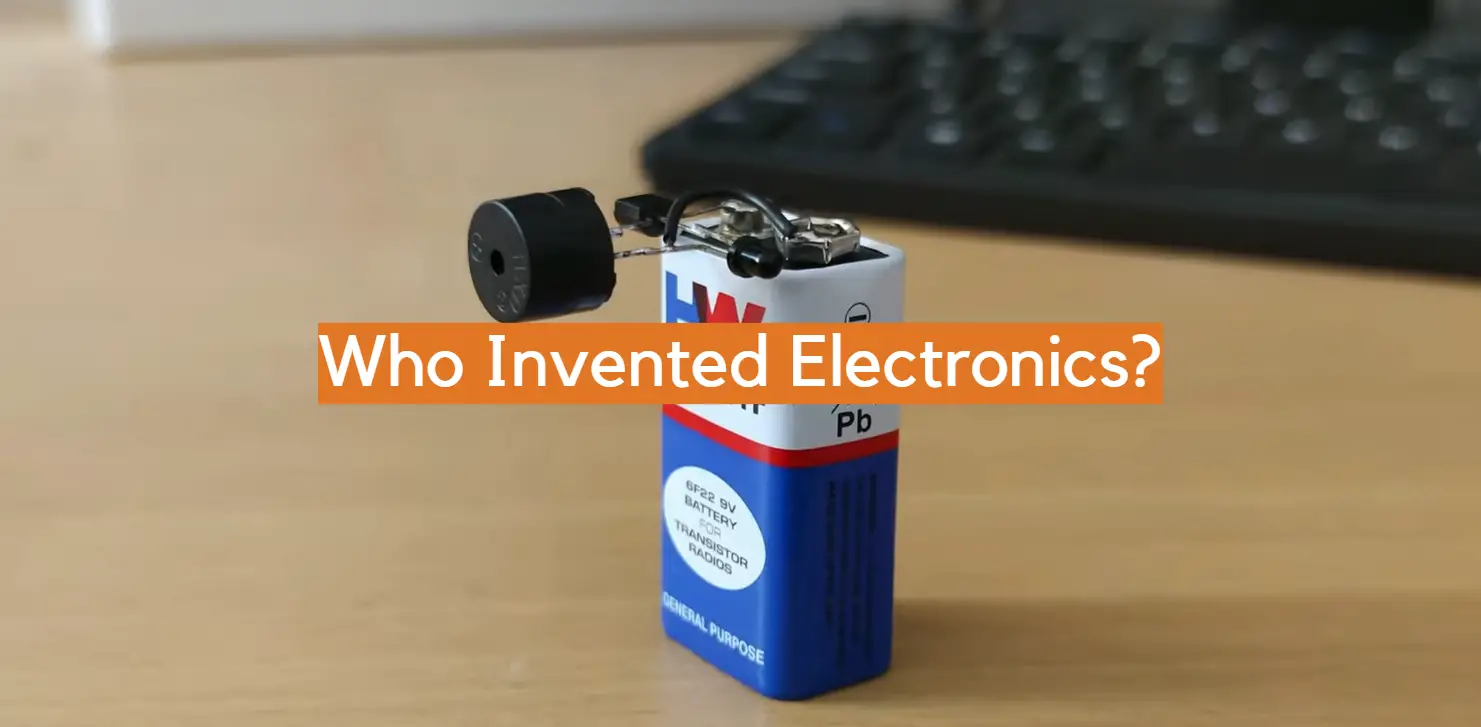





Leave a Reply